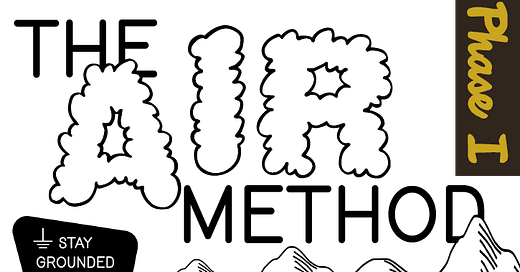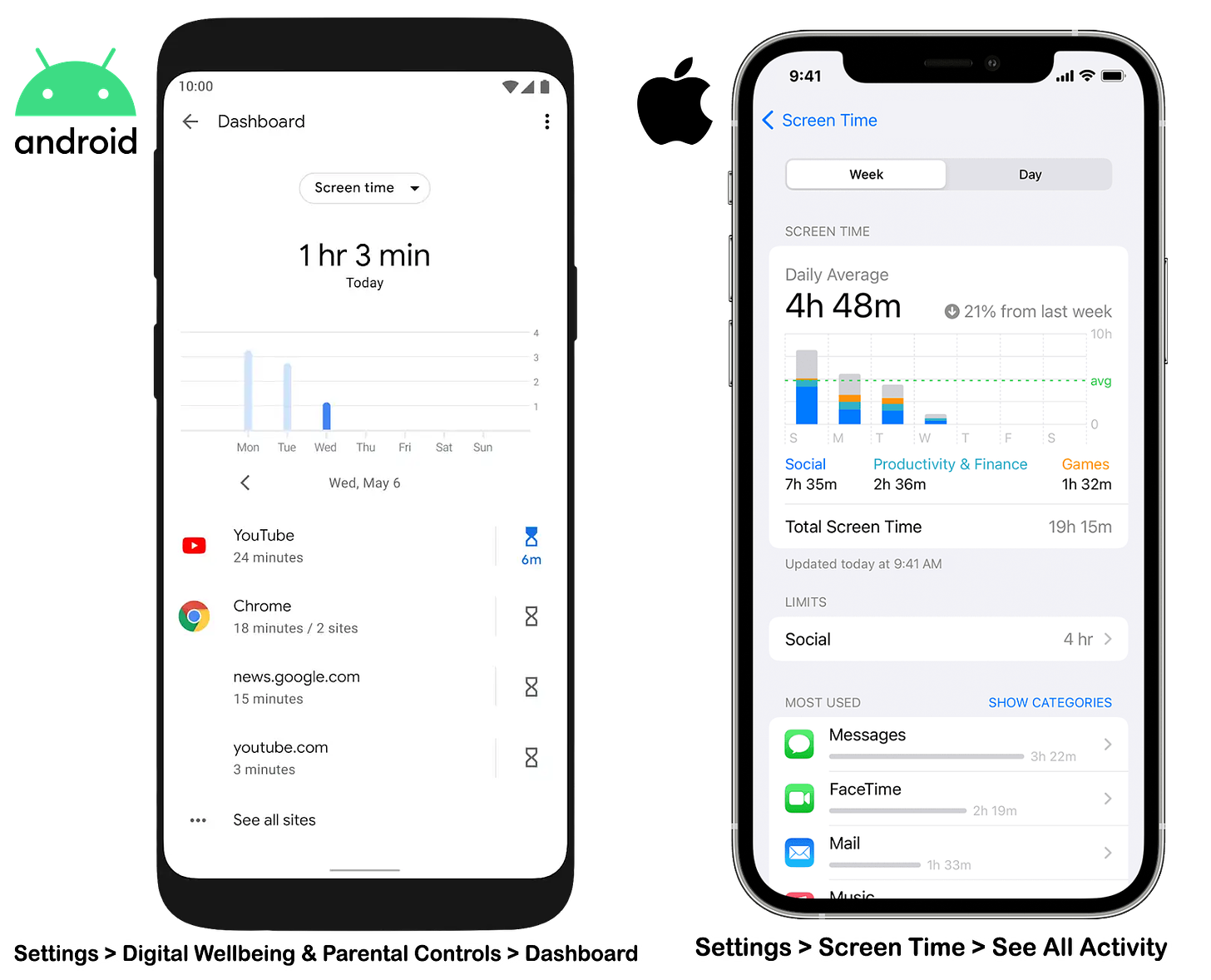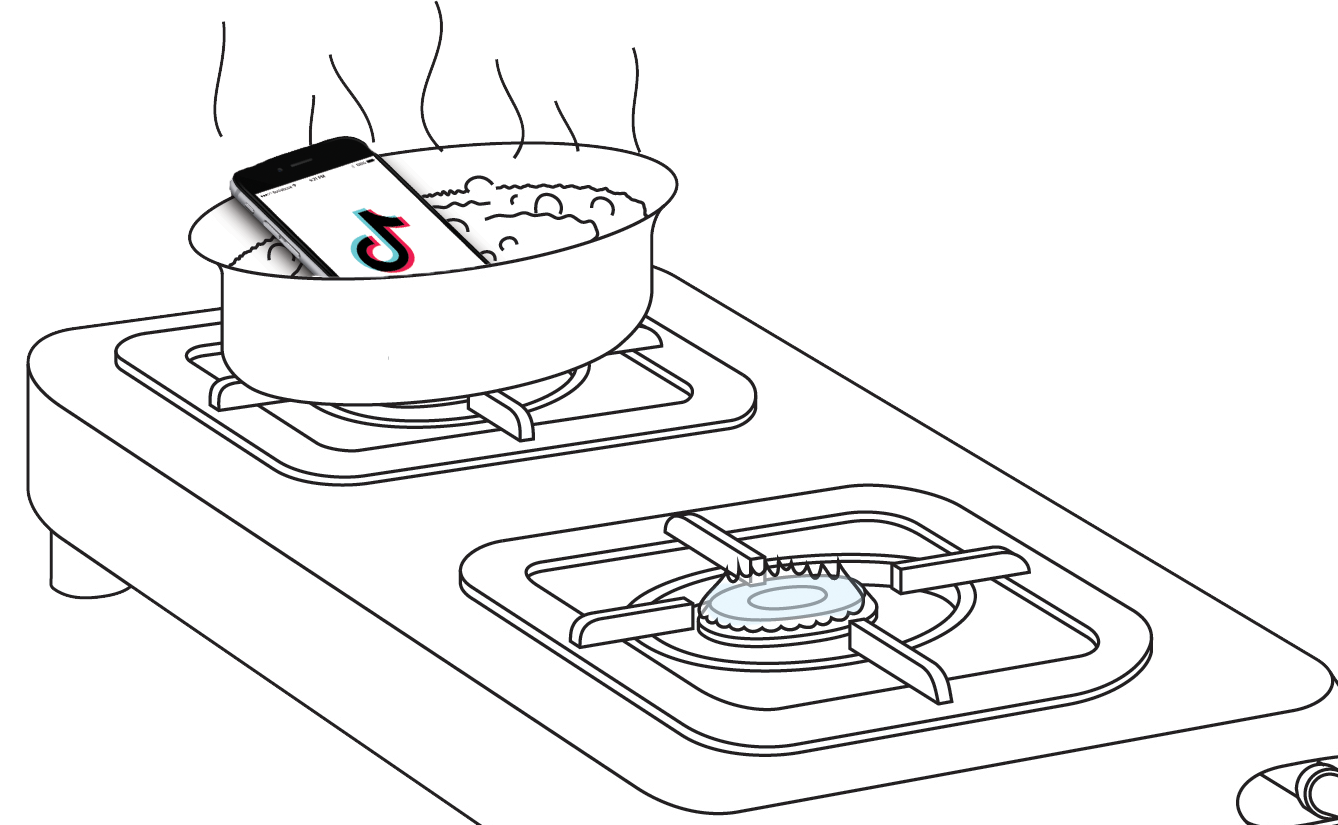Phase one is finding your footing. It may seem trivial, but knowing is just as important as doing. If you’re reading these words, there is a change you want to make. Understanding and identifying your specific situation is key to later recognizing progress.
Phase I:
Acknowledgement of a problem
Identification of it
Understanding how and why it came to be.
Forgive yourself
Recording time spent on unwanted apps.
Step 1: Acknowledging that you have a problem
You have likely completed this step already, or you wouldn’t be here. You’re also probably aware being honest with yourself is not as easy as it sounds. Our brains can really jump through some wild hoops to justify unhealthy behaviors. Getting down to the “brass tacks” is a big, hard step and you should feel good for completing it!
Step 2: Identify your specific problem
Take a moment to double-check that you even have a problem. Smartphones are addictive, but addiction only becomes a problem if it’s interfering with some aspect of how you want to live your life.1
Ask yourself, what is my smartphone taking away from? Ability to focus? Confidence, and a positive self-image? Time spent on more fulfilling activities? Deeper and more meaningful relationships? Self esteem? Take a mental “before pic” of the feelings you have now, because it will help you recognize when you’ve moved past them.
Step 3: Understand this stuff is designed to be addictive and is being pushed on you.
Smartphone apps would already be extremely addictive even if the companies that own them didn’t tweak and enhance their addictive potential to it’s absolute max. Imagine apps without:
Bright, eye catching, candy-colored icons.
Frequent push notifications
Non-chronological algorithmically generated timelines
Many apps are addictive by nature, and then for-profit companies make them even more addictive with AI-powered algorithms. Remember: the goal of these companies is to maximize the time you spend on their apps. Not to educate, not to quell anxiety, not to spread facts or represent reality. Not to help you, but to use you.
Step 4: Forgive yourself for falling into this. It’s not your fault.
As previously stated, addictive smartphone apps are totally legal, designed to be enticing, designed to be addictive, and algorithmically-tweaked to minimize all possible barriers on the path to addiction. Frankly, it would be more surprising if you weren’t hooked at this point. So forgive yourself for being here.
Beating yourself up is not only mentally exhausting, but is likely to increase the negative, anxious feelings that trigger you to get caught up scrolling in the first place. It’s counter productive, so be kind to yourself. Facebook Meta certainly isn’t.
Step 5: Write down how long you are spending on certain apps.
Look at your worst offenders and write the number down somewhere. We’ll need it in phase II. Yes, it might embarrass you, but we’re being honest with ourselves- remember?
iPhone: Settings > Screen Time > See All Activity
Android: Open Settings > Digital wellbeing > Dashboard
That’s it for Phase I. Take some time before going to phase II. Sit with the information and think about how it makes you feel. Throughout this guide, try to resist the urge to leap ahead. Knowing can happen fast, but the processes of understanding and absorbing can’t be forced. So take some days and consider what you thought of today. Keep it simmering on the back-burner while living your life as normal.
Many people lead healthy fulfilling lives full of “imperfect” activities they enjoy. Coffee is addictive, but people use it daily to help focus. Alcohol is addictive, but many people use it to help socialize. Gambling is addictive, but many people can do it for fun and remain financially stable. Kept under control these things are relatively harmless.
In today’s era of “wellness” and “life hacks”, it’s easy to get caught up in optimization-for-optimization’s-sake, but a lifetime of optimizing will only result in a very efficient corpse.








